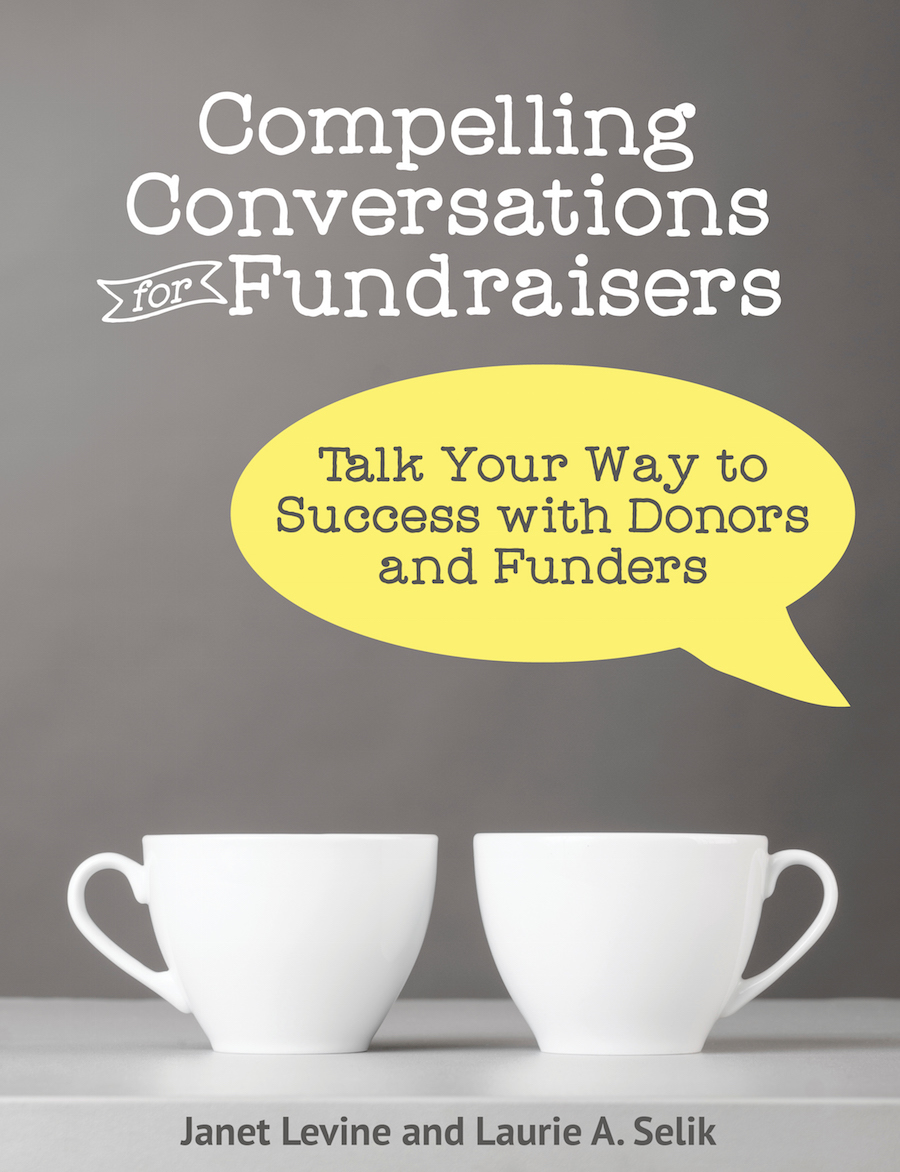Cultivation is the Key
At a conference recently, a colleague noted that people engaged in fundraising don’t ask enough. I demurred. I think they do ask—but not always appropriately. What is missing is cultivation.
 The dictionary definition of cultivation is : To promote or improve the growth of (a plant or crop) by labor and attention. Change “growth” to “support” and switch out “a plant or crop” and replace with “donor or prospect” and you got a decent definition of what it takes to turn a prospect into a donor and a donor into making another gift. In other words, it is the work we should be doing to get people (and organizations) to the point where they are ready to support us. And typically, this takes more than simply telling them why we need their money.
The dictionary definition of cultivation is : To promote or improve the growth of (a plant or crop) by labor and attention. Change “growth” to “support” and switch out “a plant or crop” and replace with “donor or prospect” and you got a decent definition of what it takes to turn a prospect into a donor and a donor into making another gift. In other words, it is the work we should be doing to get people (and organizations) to the point where they are ready to support us. And typically, this takes more than simply telling them why we need their money.
Our needs, to be honest, are not the important thing here. What is important is why our needs may resonate with our donors and prospects.
To find out why this could be, you must engage in acts that help you to get to know your donors and prospects.
Too often, when I hear people talk about cultivation they (OK, me—I am also guilty) throw out things like invite them to an event; take them on a tour; go out to lunch or coffee; send them a newsletter. All of which are activities that can help you get where you want to go, but you have to have clarity about what you hope to accomplish during these meetings, by sending out this information.
That clarity comes from understanding what you need to know about your prospect so you can tailor your approaches to them. What are these? Let’s first get clear about what it is not. It is not just about knowing how much money they have. Yes, it is important to know at what level they could—should they chose to—support your organization. But beyond that, it is about the choices they make and why they make them.
You must understand what excites them about the work you do. My niece, who is a huge cat person, gets really annoyed at animal rights organizations who constantly barrage her with information about how her support helps dogs. Not that she dislikes dogs, but they aren’t her thing. Simply bothering to find out what kind of animal matters to her and focusing their letters, conversations, eblasts on that interest would increase her giving tremendously. They could ask her, but none of them have bothered to get up close to her. However, she has adopted a number of cats, and having that information (which they could get if she adopted form them, but also from finding out what animal licenses she has) on their database (and then using that data!) could be huge.
Finding out about a person’s philanthropic interests would help to define why they might or do care about you. Knowing where you fit on their priority list and what you must do to move up or stay at number one is critical. So is learning about what they consider their best gift ever was.
All that is easy enough to find out if you are actually face to face, but what if you are not? You could do a short survey of your donorbase. Sure, you won’t get a whole lot of responses, but the responses you do get will be gold. Likewise, you could have a contest and ask people to write about their best gifting experience, or simply ask them to let you know how they most like to be communicated with.
The more you can learn about your donors, the more you can reach out appropriately. And the more you can create solid relationships that will grow.

Janet Levine works with nonprofits, moving them from mired to inspired and helping them to raise more money. Find out more at www.janetlevineconsulting.com. While there, sign up for the monthly newsletter. And now, buy Janet’s new book, Compelling Conversations for Fundraisers, available at Amazon.
